Once your teen has that much sought-after restricted driver’s licence in their hand it can be an anxious time for parents. The first six to 12 months of driving alone are the most risky, so we’ve picked up some tips to help parents guide their teen driver to stay safe on the roads.
Every driver’s skill levels are different but young restricted drivers are statistically more likely to have a serious crash in their first six to 12 months driving solo than at any other time. In fact, a driver on a restricted licence is seven times more likely to be involved in a fatal or serious injury crash than other drivers so it is extremely important for parents to stay involved and help keep them safe.
In 2019*, young drivers aged between 16 and 24 were involved in:
3,058 minor injury crashes
612 serious injury crashes
71 fatal crashes
*Note: Crash data for 2019 is not yet complete. Data is for all crashes reported by the Police to the NZ Transport Agency for the year 2019 as recorded in CAS at 11/05/2020.
Know the risks
“The risk of crashing diminishes with experience and the development of decision-making skills to recognise risky situations and make safe choices.” NZTA.govt.nz
Drivers on a restricted licence are subject to conditions that restrict them from driving without a supervisor between 10pm and 5am and carrying passengers at any time without a supervisor. The reason for these restrictions is that driving at night or carrying inexperienced passengers are two of the riskiest situations for young drivers.
Staying involved
You have two things going for you as a parent helping your teen driver stay safe. Firstly, you likely have years of driving experience. Secondly, you know your child better than anyone. So you know their strengths, their weaknesses, what may distract them, their reactions, etc.
Even though you won’t always be in the car with them, you can still stay involved in their safety by helping them to identify the risks they might face and working together to manage those risks safely.
Start with the right car
It makes sense to put your young driver in the safest car possible. Determining which car is the safest doesn’t mean having to spend hours researching makes and models. You can check the overall safety rating of the cars you own, or any you intend to purchase, at www.rightcar.govt.nz . Vehicles with 4 and 5 stars are the safest, while 1 and 2 star vehicles provide little or no protection in a crash.
Practical tips for parents
A restricted driver has passed their practical driving test but there is still a lot to learn. Build on the experience and skills from those L plate days with these tips.
- Do regular trips with them to see how they are progressing and to keep an eye on their speed, acceleration, road position, and any bad habits they may pick up.
- Help them practise anticipating and responding to hazards. Go for a drive and park up safely. Ask them to identify hazards on the stretch of road including those that might be hidden, for example, when large vehicles obscure other vehicles or pedestrians that may appear without warning. Progress to identifying hazards during driving.
- Do some proactive driving practice with them for new situations, ie motorway driving, heavy traffic, new routes, negotiating road works, driving in poor weather or light.
- Show them how to identify and mitigate different road conditions (slowing down, putting on lights, etc).
- Give them supervised driving practice at night and while carrying passengers.
- Help them know what to do when unexpected events occur on the road, ie a breakdown, accident, in the presence of emergency vehicles, etc. Talk about what they need to do to keep them and others safe, who they need to contact, etc.
- Talk to them about the risks of driving when tired, sick, distracted or emotional.
- Remind them of the risks involved in using a smartphone while driving. Make an agreement that their phone is always out of sight so they’re not tempted.
- Help them develop strategies to avoid pressure to drive and manage distractions like loud music, gadgets and food.
- Help them plan their route if they’re driving to a place for the first time, and encourage them to take breaks.
- Set down ground rules around driving that you all agree to stick to, ie picking them up if they don’t feel safe to drive.
- Help them prepare for their full licence test by using the resources available on the Drive website.
Sources include NZTA.govt.nz
Did you make an agreement with your young driver? What did you include?
See more:
 Written by Julie Scanlon
Written by Julie Scanlon
Julie is Editor for Kidspot NZ and our MVP. Her hobbies include laughing uncontrollably at her own jokes, annoying her family by asking questions about movie plots, and never taking anything too seriously. She speaks a little Spanish and a lot of Yorkshire.
Favourite motto to live by: “It ain’t nothing but a thing”

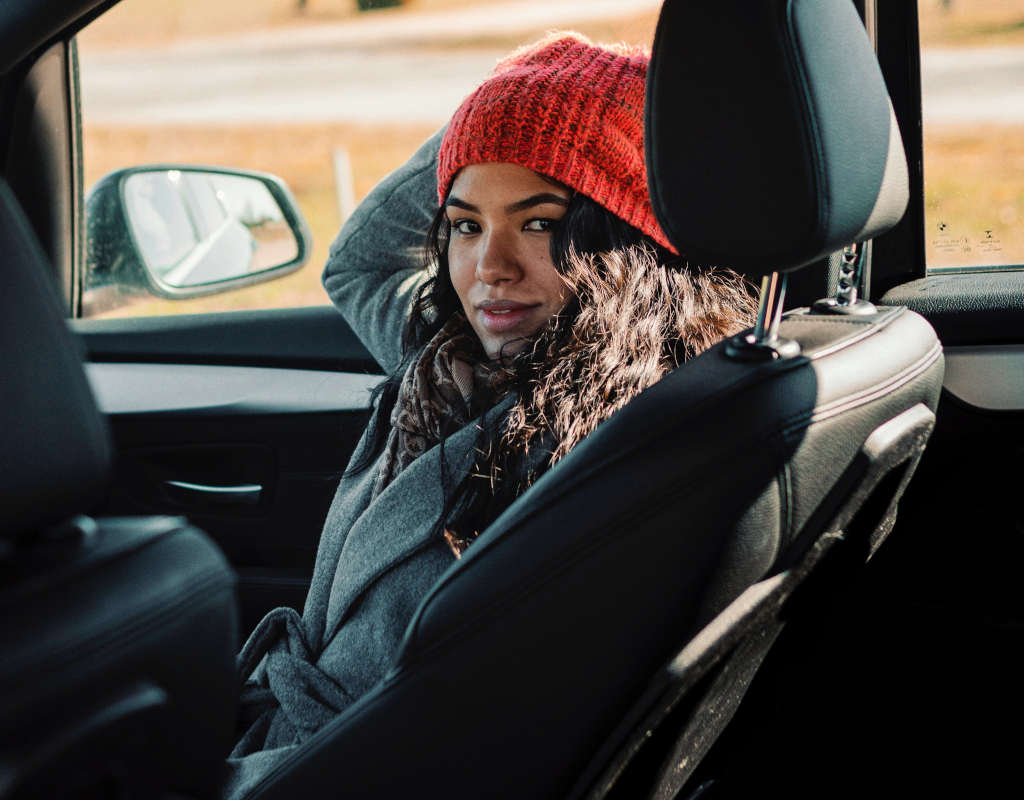
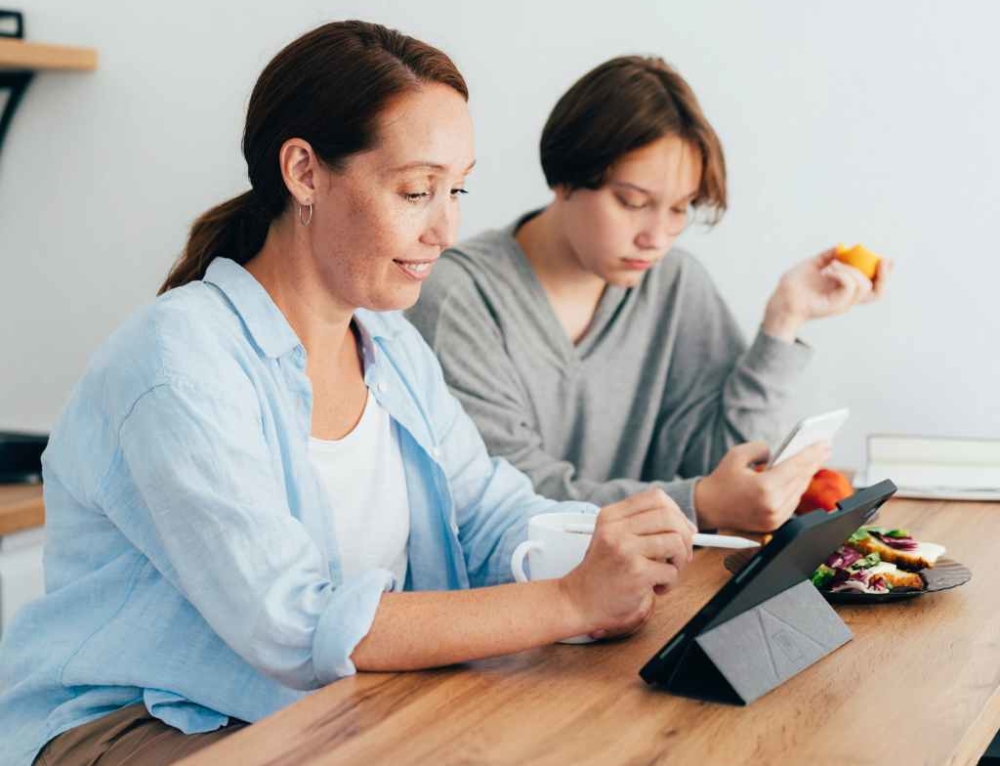

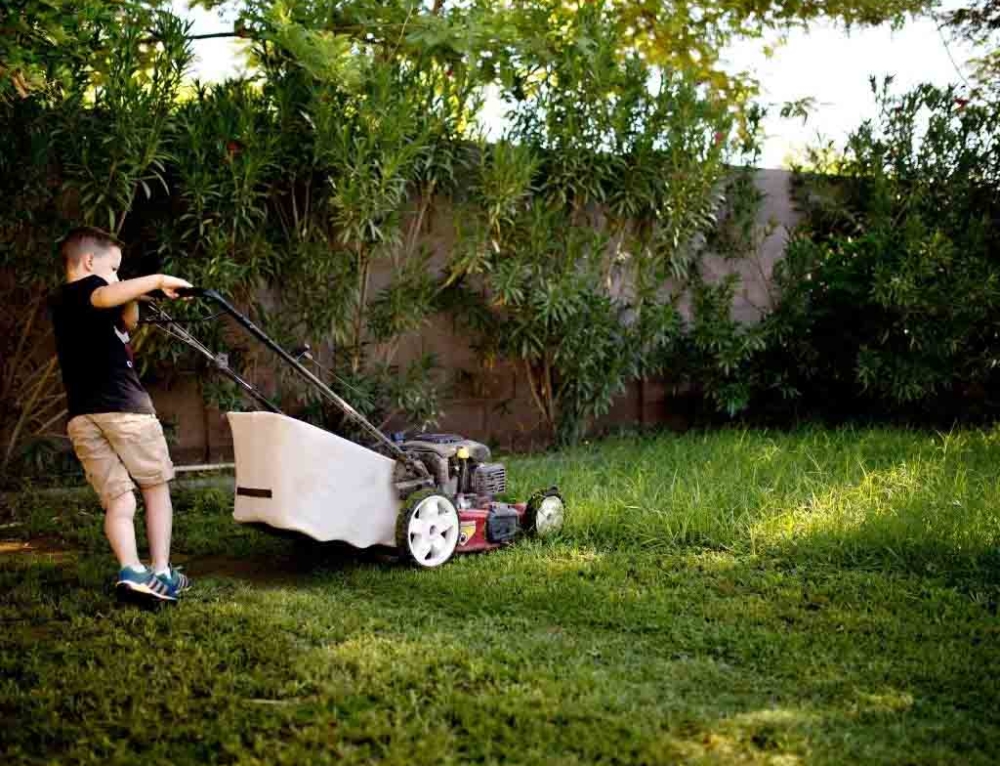
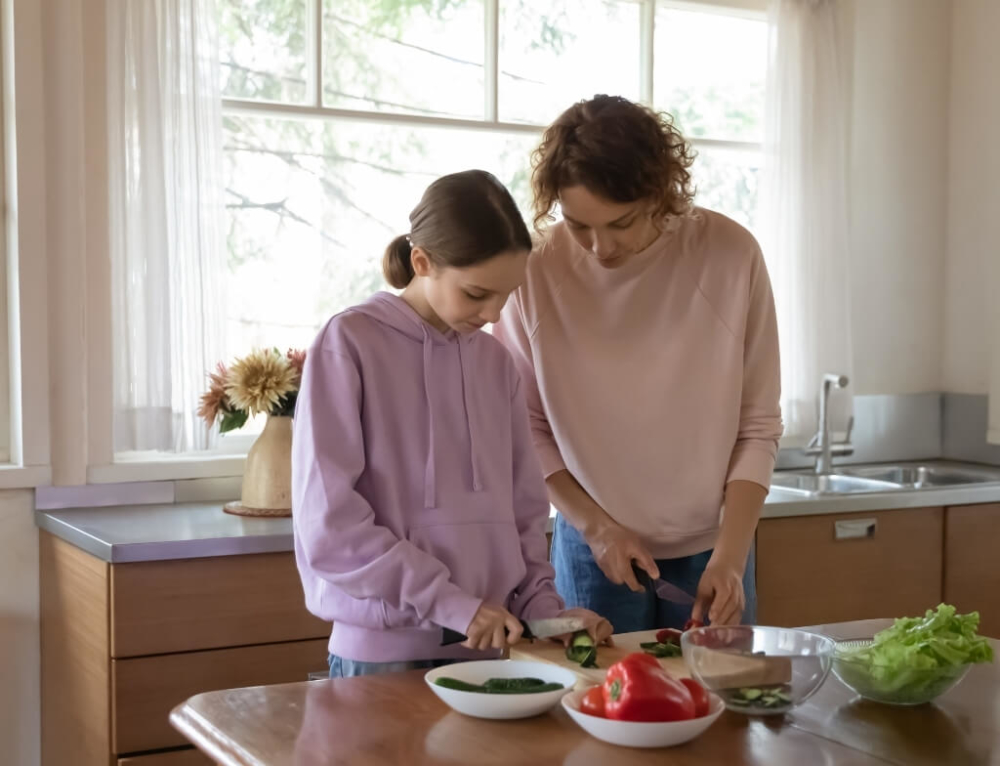
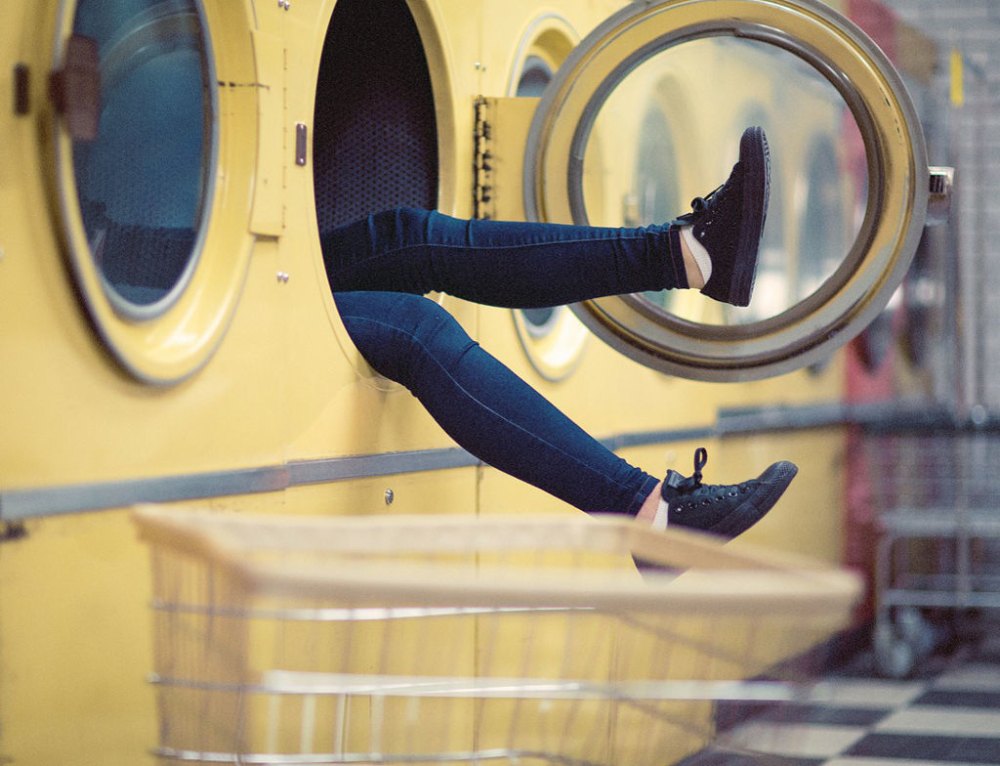
Leave A Comment
You must be logged in to post a comment.